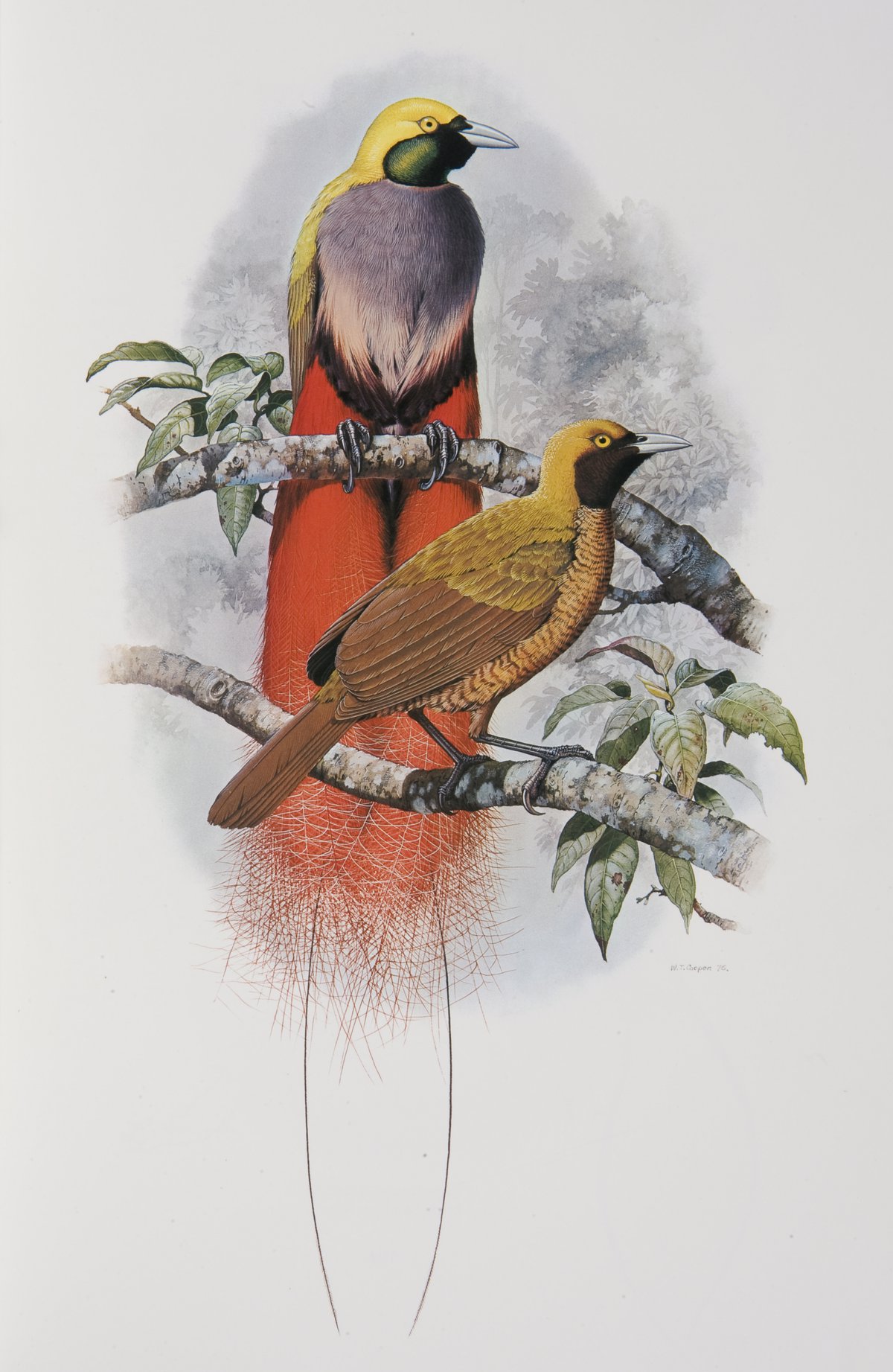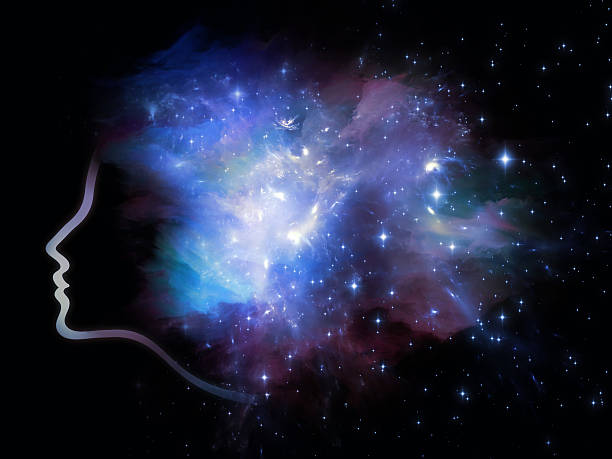Why do peacocks carry shimmering tails that seem to hinder flight? Why do some birds sing elaborate songs, or certain insects glow in the dark? Why do humans, too, display rituals of courtship through words, dress, and behavior? The answer lies in one of evolution’s most powerful and captivating mechanisms: sexual selection.
If natural selection is the great sculptor of survival, ensuring that organisms adapt to their environments, sexual selection is the painter of beauty and desire, shaping traits not simply for survival but for attraction. It is the evolutionary force that rewards charm, strength, brilliance, or even extravagance if these traits increase the chance of finding a mate and leaving descendants.
To study sexual selection is to gaze into the heart of life’s most intimate drama—the struggle not only to exist but to be chosen. It is a story of dazzling ornaments and dangerous duels, of songs and dances, of passion and risk. And it is a story that reaches into our own species, influencing human behavior in ways both subtle and profound.
Darwin’s Daring Idea
When Charles Darwin published On the Origin of Species in 1859, he revolutionized science with the theory of natural selection. Yet even then, he realized something was missing. How could traits that seemed to hinder survival—like the extravagant feathers of a male bird—persist across generations? Why didn’t natural selection eliminate such costly ornaments?
The answer came with his second great book, The Descent of Man, and Selection in Relation to Sex (1871), where Darwin introduced the concept of sexual selection. Unlike natural selection, which favors traits that improve survival, sexual selection favors traits that improve reproductive success. A male peacock’s heavy tail may make him more vulnerable to predators, but if it impresses females enough to win mates, it can spread through the population.
Darwin’s idea was radical, even scandalous. It suggested that beauty, attraction, and even desire itself could shape the course of evolution. It gave biology a new lens through which to understand the diversity of life—not only in terms of who survives, but in terms of who attracts and reproduces.
The Dual Pathways of Sexual Selection
Sexual selection operates through two main pathways: competition and choice. These forces, though distinct, often overlap in shaping the extravagance of life.
One pathway is intrasexual selection, where members of the same sex—often males—compete with one another for access to mates. This competition may involve antlers locking in combat, roaring contests between lions, or displays of size and strength. Traits that help win these battles become exaggerated over generations.
The other pathway is intersexual selection, where one sex—often females—chooses among potential mates. Here, attractiveness is the currency. Bright plumage, melodious songs, elaborate dances, or intricate gifts all serve as signals of quality. Over time, the preferences of choosy individuals can shape entire species, creating elaborate courtship displays or striking physical traits.
Together, these two forces weave the complex fabric of sexual selection, balancing power and persuasion, strength and seduction.
The Peacock’s Tail and the Burden of Beauty
Few symbols of sexual selection are as iconic as the peacock’s tail. Its iridescent feathers, sprawling like a living rainbow, are among the most flamboyant ornaments in nature. But why should a bird evolve such an extravagant burden? The tail slows escape from predators, requires enormous energy to grow, and makes the male conspicuous.
The answer lies in female preference. Peahens are drawn to males with the largest, most symmetrical, and most colorful tails. These traits signal health and genetic quality, as only a strong and well-nourished male can afford such costly adornments. Over time, the preference for beauty drives the evolution of increasingly extravagant tails.
This phenomenon is known as the handicap principle. Traits that seem disadvantageous for survival can signal strength precisely because they are costly. A male that thrives despite his burdens demonstrates resilience and superior genes. Beauty, in this view, is honesty made visible.
Songs, Dances, and Displays
Sexual selection is not limited to physical ornaments. Across the animal kingdom, sound, movement, and ritual are equally powerful tools of attraction. Birds sing elaborate songs to woo mates and mark their territories. The lyrebird of Australia can mimic chainsaws, camera shutters, and other bird calls with astonishing accuracy, transforming sound into a competitive art form.
Insects and frogs fill the night air with calls, each note a signal to females of stamina and fitness. Even silence can speak volumes: a male that calls tirelessly despite attracting predators demonstrates his endurance.
Dances, too, are widespread. From cranes leaping in choreographed displays to spiders trembling delicately before females, movement becomes a language of seduction. For many species, courtship is as much a performance as a biological necessity—a theater where the actors risk life and limb for the chance to reproduce.
The Power of Female Choice
One of Darwin’s most controversial claims was the role of female choice. Victorian society struggled to accept the idea that females could exert agency in mate selection. Yet modern biology has confirmed that female choice is a central driver of sexual selection.
Females, often investing more energy in producing and nurturing offspring, tend to be choosier about mates. Their preferences can shape male traits across generations. This explains the extravagant diversity of ornaments, colors, and behaviors in males across countless species.
But choice is not always about beauty. Females may select mates based on territory quality, gift-giving ability, or displays of parental care. In many bird species, females prefer males who contribute to nest-building or feeding. Thus, sexual selection extends beyond appearance into the realm of behavior, cooperation, and resourcefulness.
The Weapons of Competition
While attraction often dazzles, competition can be brutal. In many species, males battle fiercely for access to females. Deer clash with antlers, seals roar and strike in violent contests, and beetles wield enormous horns. These weapons are the products of intrasexual selection, where success is measured not in beauty but in dominance.
Even when direct combat is absent, subtle forms of competition unfold. Sperm competition, for example, occurs when the sperm of multiple males compete to fertilize the same female’s eggs. This has driven the evolution of astonishing adaptations, from enlarged testes in chimpanzees to specialized sperm morphologies in insects.
In some cases, competition and choice intertwine. A dominant male may win control of a harem, but females within the group may still exercise choice, preferring certain partners or seeking extra-pair matings to diversify their offspring’s genetics.
Human Sexual Selection
Sexual selection is not confined to the animal kingdom—it has shaped humans as well. Our bodies, behaviors, and even cultures bear the imprint of attraction and competition. From facial symmetry to displays of intelligence, from status symbols to humor, humans employ a vast array of traits in courtship.
Anthropologists argue that many aspects of human evolution were influenced by sexual selection. The enlargement of the human brain, for instance, may have been partly driven by mate choice. Intelligence, creativity, and communication could serve as costly signals of genetic quality, much like a peacock’s tail. The ability to compose music, tell stories, or create art might have originated as displays of fitness.
Sexual selection also shapes cultural practices. Jewelry, fashion, dance, and song are deeply embedded in human societies, often linked to courtship and attraction. Even technology and social media can be viewed through the lens of sexual selection—modern arenas where signals of desirability are broadcast, contested, and chosen.
Conflict and Cooperation Between the Sexes
Sexual selection is not always harmonious. Because the reproductive interests of males and females can differ, conflicts often arise. Males may evolve traits to maximize mating opportunities, while females may evolve defenses to maintain control over reproduction. This tug-of-war drives an evolutionary arms race, with strategies and counter-strategies unfolding over generations.
In some insects, males deposit mating plugs or chemicals that reduce female receptivity to other mates. Females, in turn, evolve mechanisms to circumvent these controls. In waterfowl, elaborate genital morphologies have co-evolved between males and females, reflecting this ongoing contest of interests.
Yet cooperation also plays a role. In species with high parental investment, both sexes may evolve traits that foster pair bonding and mutual care. Humans are a striking example, where long-term partnerships, emotional bonds, and shared parenting emerge as products of both biology and culture.
The Costs of Attraction
Sexual selection often drives organisms to extremes. Males may evolve ornaments so large they hinder survival, or behaviors so risky they increase predation. Females, too, bear costs—choosiness can delay reproduction or expose them to harassment from competing males.
This raises an important evolutionary question: why doesn’t sexual selection spiral out of control, producing ever more extravagant traits? The answer lies in balance. Natural selection and sexual selection interact, ensuring that traits remain viable. A peacock’s tail can grow only so large before predators claim too many victims. Thus, beauty and survival are locked in a delicate equilibrium.
Sexual Selection and Biodiversity
One of the most profound consequences of sexual selection is its role in creating biodiversity. Preferences for certain traits can lead populations to diverge, eventually forming new species. If one group of females prefers long songs and another prefers short ones, their descendants may gradually split apart. Sexual selection, in this way, becomes a force of speciation.
This mechanism helps explain the dazzling variety of courtship displays in birds of paradise, or the kaleidoscope of cichlid fish in African lakes. Each unique display or ornament reflects generations of attraction, preference, and choice.
The Continuing Mystery of Attraction
Despite centuries of study, sexual selection still poses mysteries. Why do preferences arise in the first place? Why are certain colors, sounds, or shapes universally appealing? Why does beauty vary across species, cultures, and individuals?
Some answers lie in sensory biases—evolutionary predispositions in perception. A female fish that prefers red food may also favor males with red coloration. Other answers may lie in deep psychological processes, linking attraction to health, fertility, or genetic diversity. Yet much remains unknown, reminding us that attraction is both a biological mechanism and a profound mystery.
Conclusion: The Dance of Life
Sexual selection is one of nature’s most enchanting and powerful forces. It explains not only the extravagance of peacock tails and bird songs but also the subtleties of human courtship, the diversity of species, and the evolution of creativity and culture. It is the reason life often seems not just adapted, but adorned.
Through competition and choice, through risk and beauty, sexual selection weaves a story of desire into the fabric of evolution. It is a reminder that life is not only about surviving, but about attracting, captivating, and passing on the spark of existence.
To study sexual selection is to glimpse the poetry of evolution, where every dance, every song, every shimmer of color carries the echo of an ancient truth: to live is to strive not just to endure, but to be chosen.






